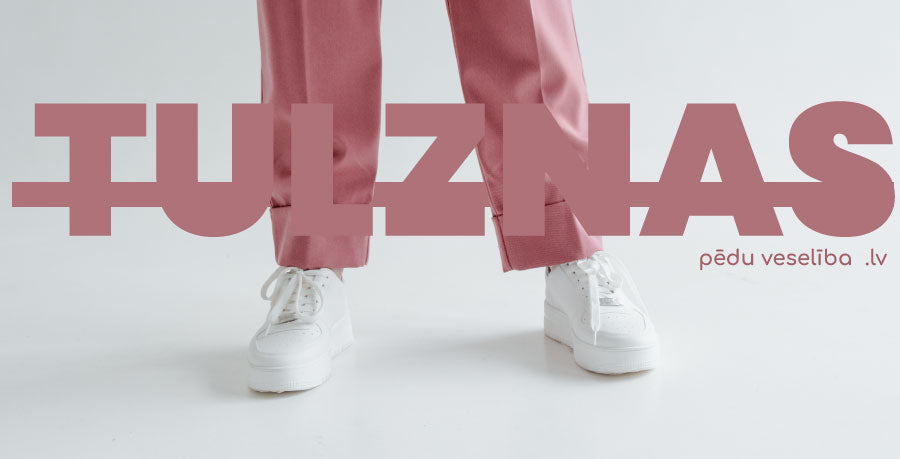The joy of new summer shoes is often spoiled by blisters and a hasty search for plasters at the pharmacy. How to avoid painful sores, but if they occur, how to heal them? Skaidro "Veselības centrs 4" Aesthetic medicine clinic "4th Dimension" podiatrist Karina Burim
In the store, the new shoes seemed to fit like a glove, but you have to walk in them for a longer time, and the blister is there - under the straps, on the toes or on the heel. And how unpleasant is the friction on the pads of the feet, on which the whole weight of the body rests!
Thus, when walking in beautiful but unsuitable shoes, as a result of friction, as a protective reaction to long-term mechanical pressure in one place, a blister is formed. It is filled with interstitial fluid - lymph - which may also contain blood from broken small blood vessels or capillaries.
5 reasons that contribute to the formation of a blister
1. Inappropriate shoes that are too small, with too high a heel or many details (straps, buckles, laces) that can rub the foot.
2. Thin, sensitive skin without a protective layer, which is often associated with age changes.
3. Foot deformities such as flat feet and bunions.
4. Increased body weight.
5. Increased sweating.
How to avoid blisters?
- To buy the right shoes, buy them in the afternoon or evening when your feet are a little swollen, not in the morning.
- Don't immediately go on a hike or to a party with new shoes, but walk around the house for several days or try a shorter distance, so that your feet get used to them and the shoes adapt a little to your foot.
- If you feel that your shoes are starting to rub, take them off as soon as possible!
- If it is not possible to put on the shoes immediately, change the pressure of the shoes on the foot: keep a handkerchief under the heel, lifting the foot higher.
- If you always get blisters in the same places, even though you wear comfortable shoes, this could be a sign of foot deformity.
- Special sprays and foams available in shoe stores are used for faster shoe wear.
- Anticipating where the shoes might rub, lubricate the relevant area on the foot beforehand with a special pencil or anti-blister roller. Protective pencil against abrasions.
- As soon as you feel the first signs of rubbing and redness of the skin has appeared, stick a patch on the problem area.
- If blisters form between the fingers, try the following trick - stick the two culprits together with a plaster to reduce the friction between them.
Which patch?
- Since the choice of patches in pharmacies is very wide, you can try different ones and choose the ones that suit you best. Some will work simply to protect the blister from germs and further abrasion, while others will also promote healing at the same time.
- A waterproof patch that protects the wound from moisture when washing and swimming would be preferable.
- A good option is the transparent hydrocolloid patches, which can be purchased for the heel, toes, and separately for the thumb.
- Choose larger patches because they will cover the blister area better, hold tighter and won't roll off.
- To strengthen the patch, you can additionally use a wound patch, which can be cut as long and wide as you want.
Gel - Protective patch for blisters
The article has been updated, peduveseliba.lv
Read more in the June 2021 edition of "Ievas Veselība" magazine

